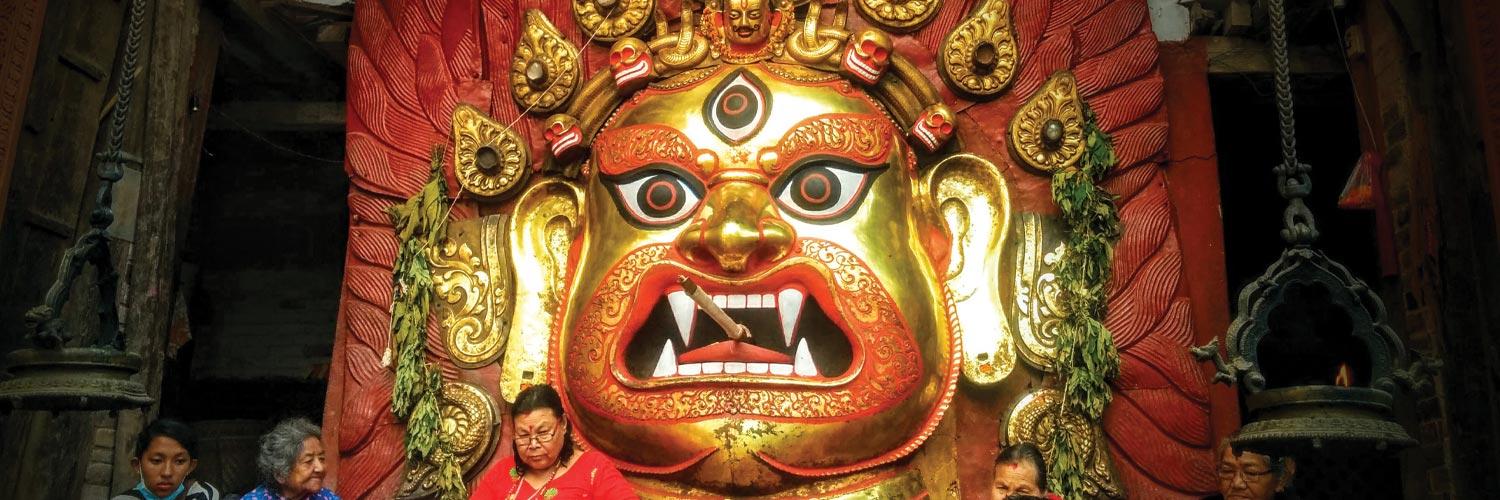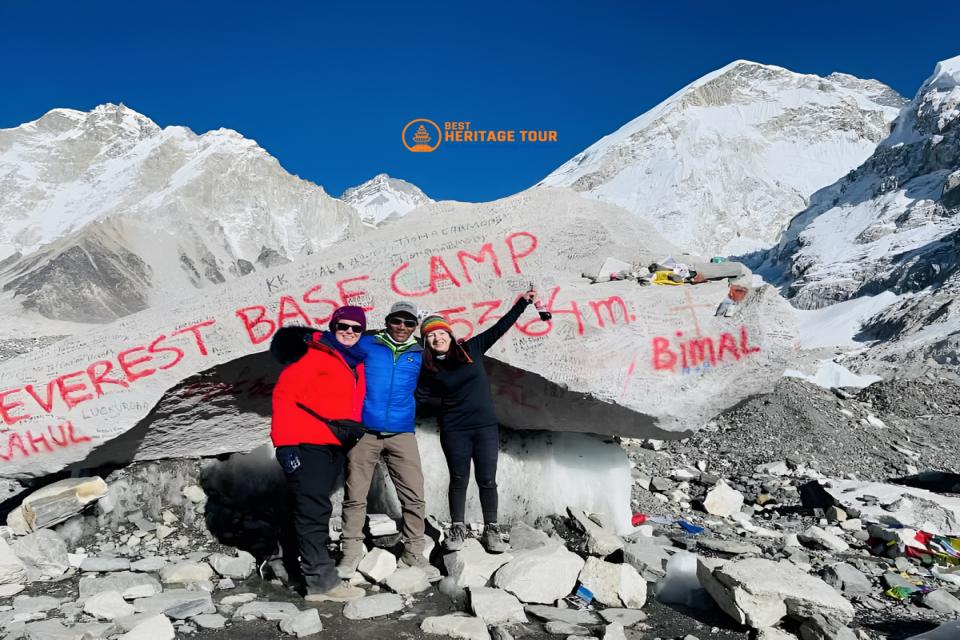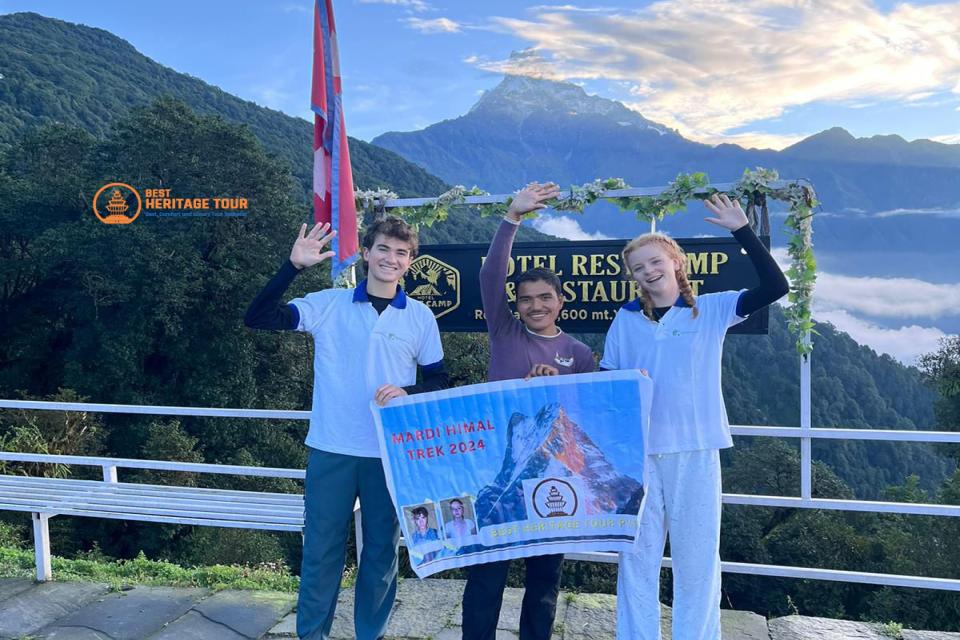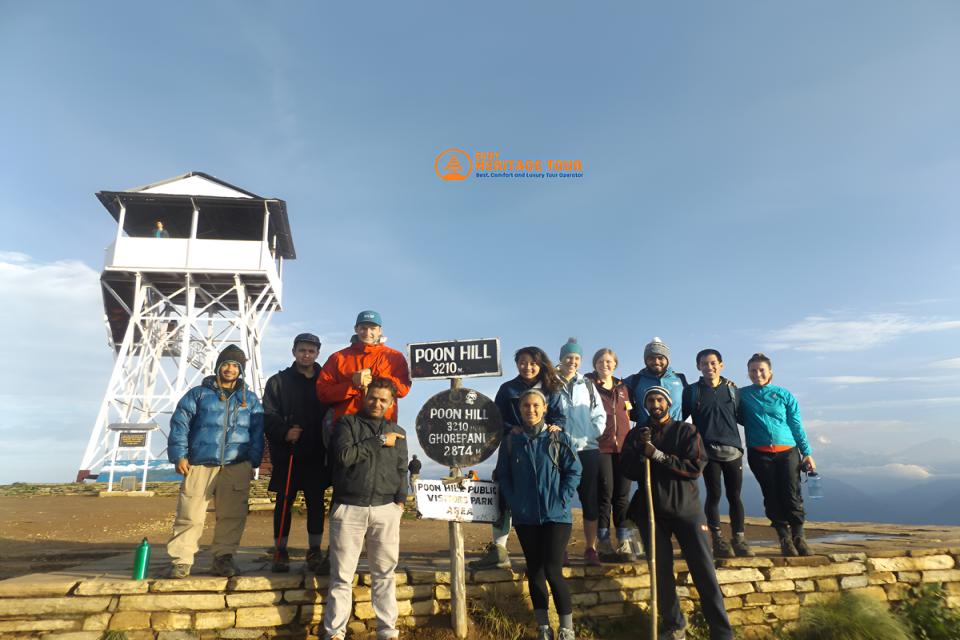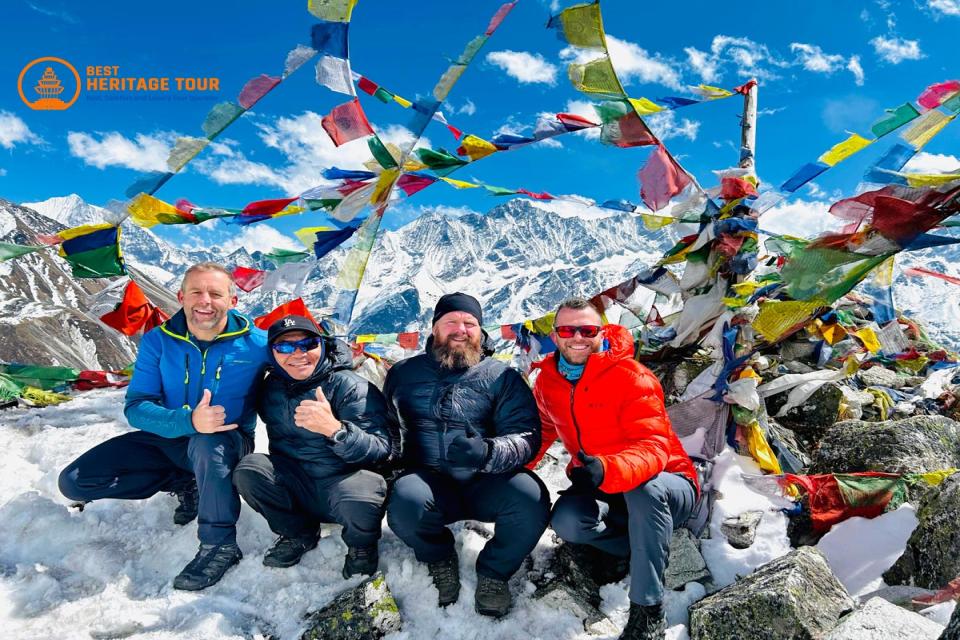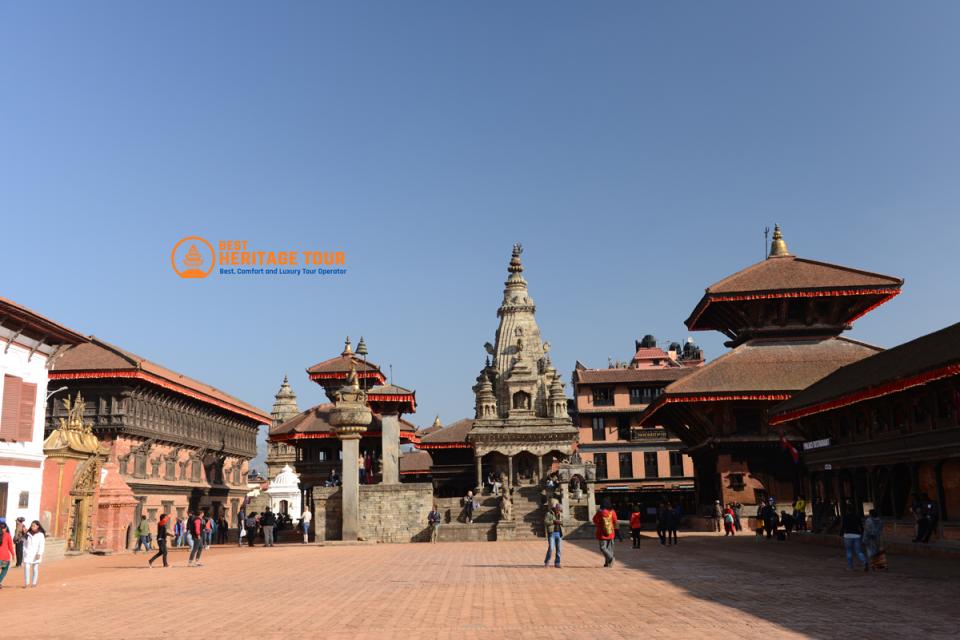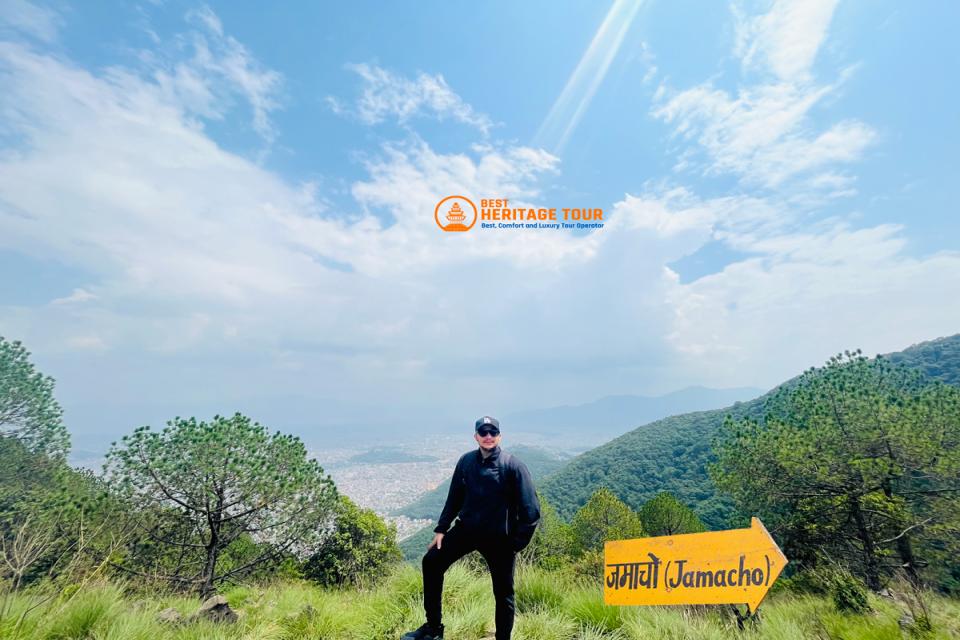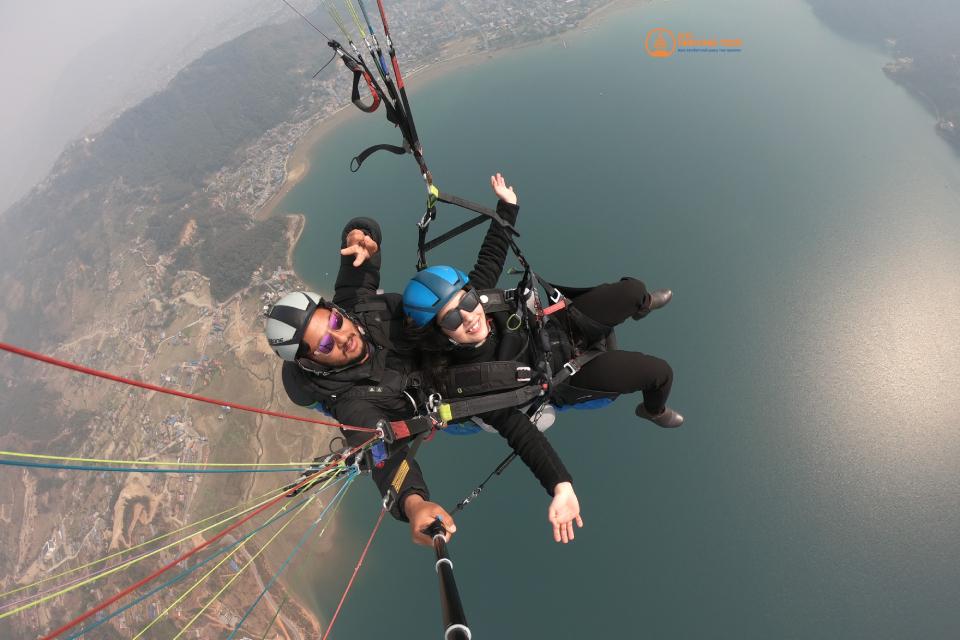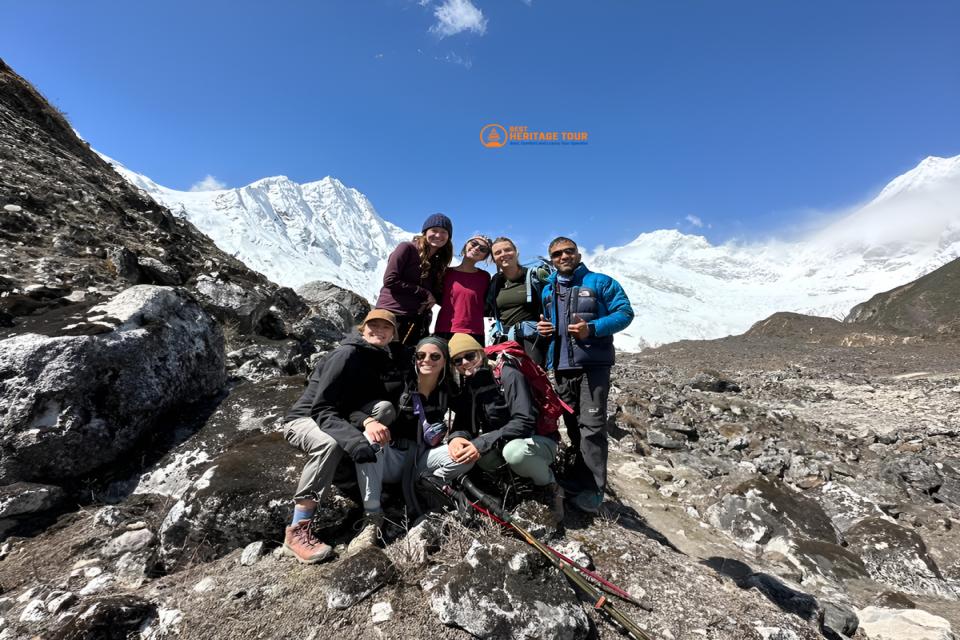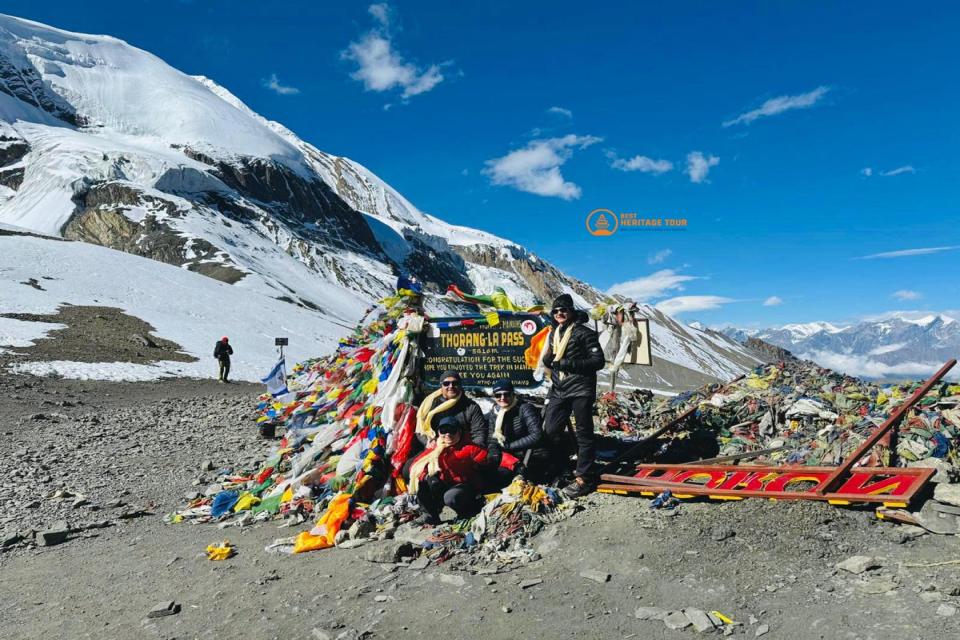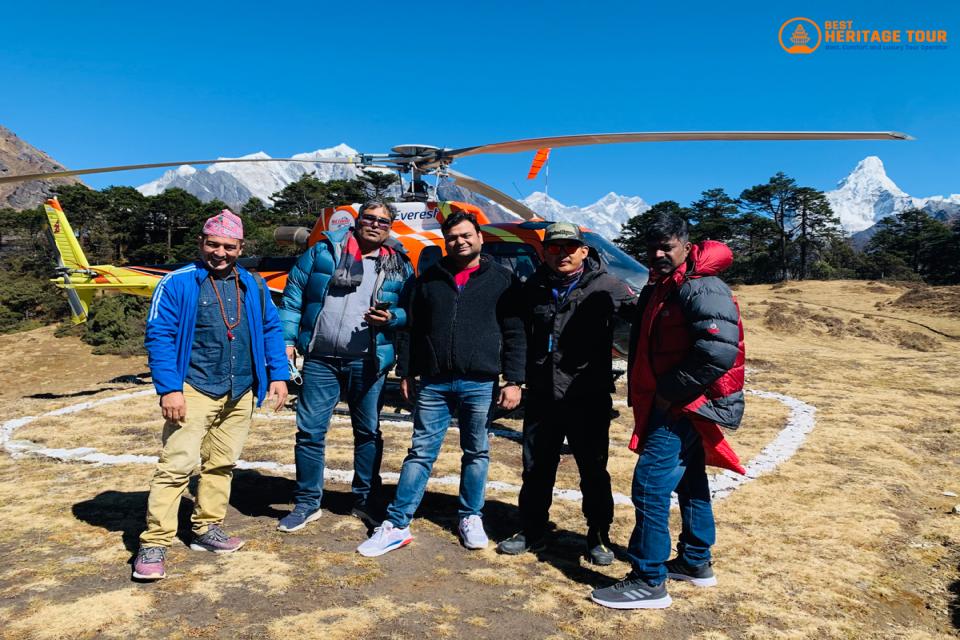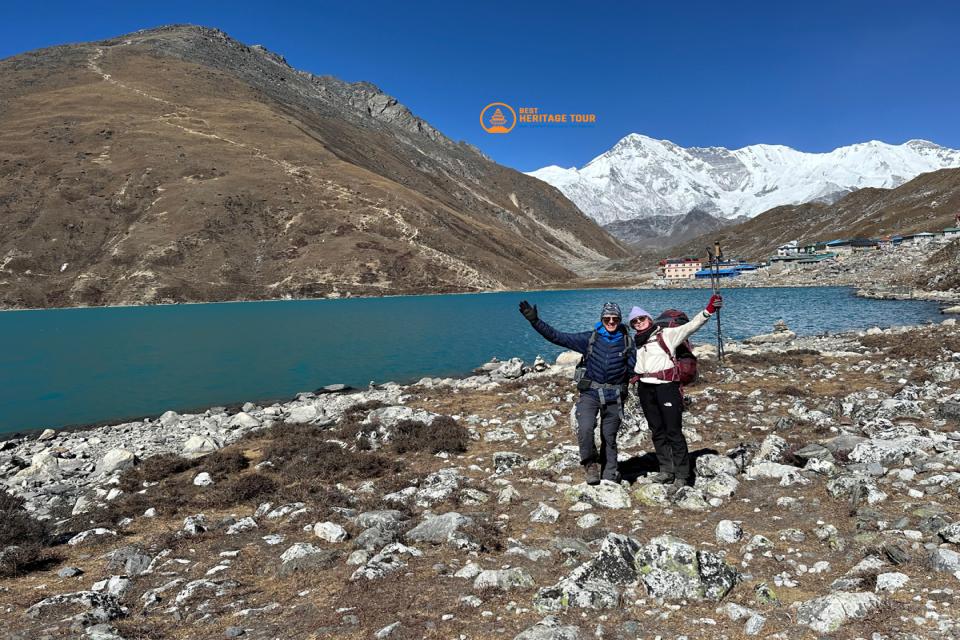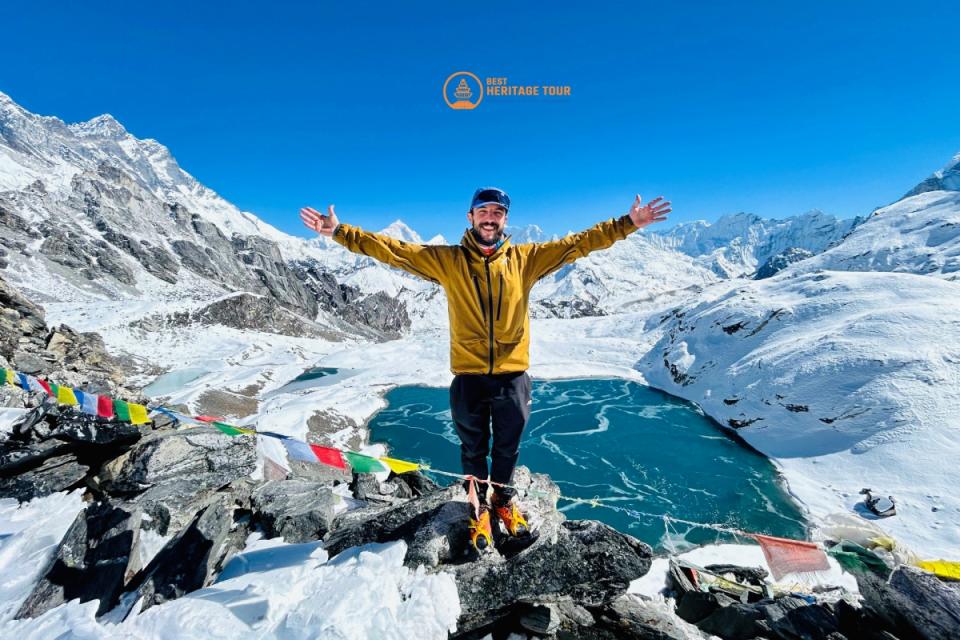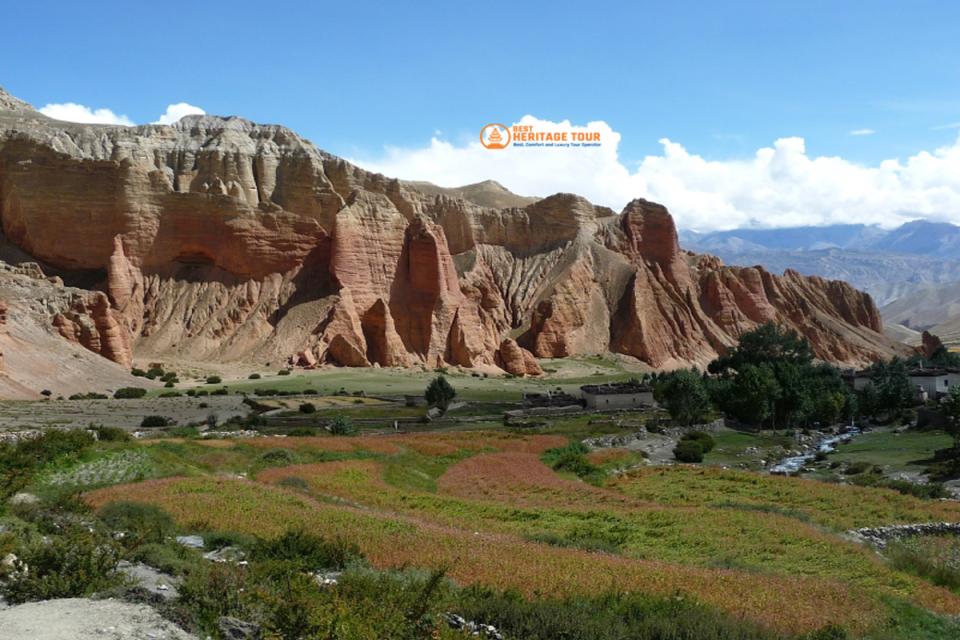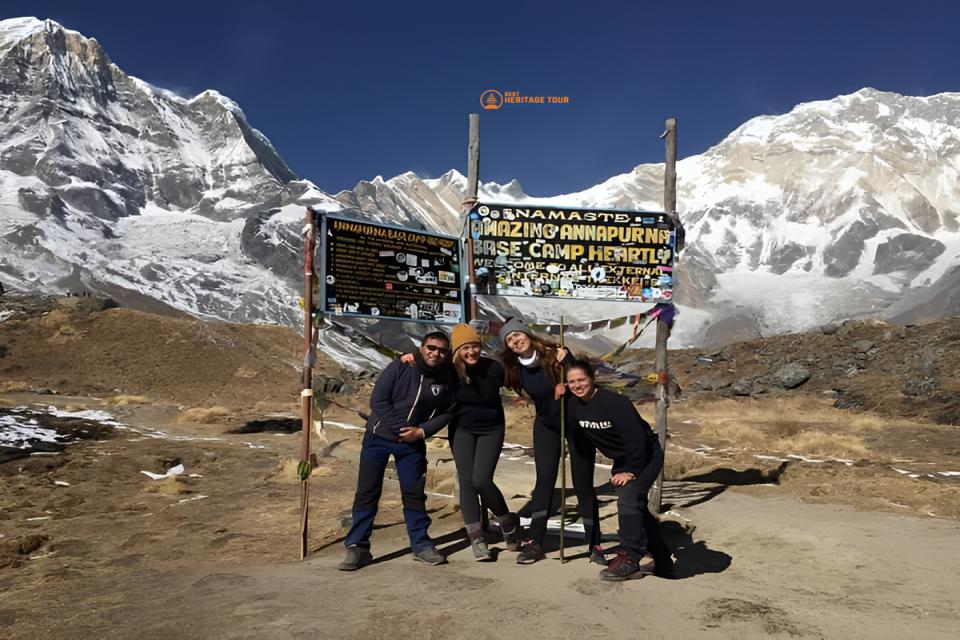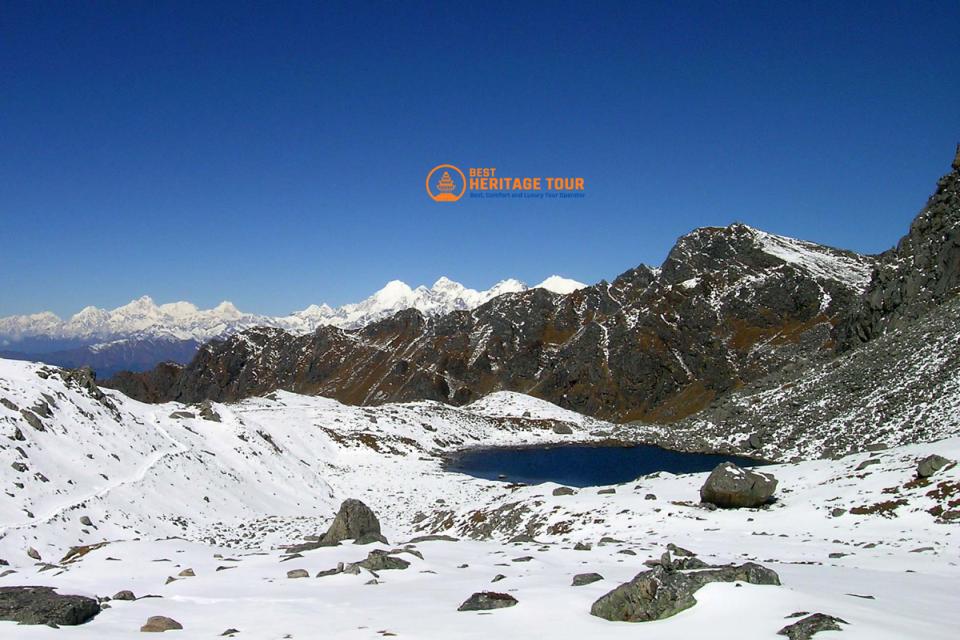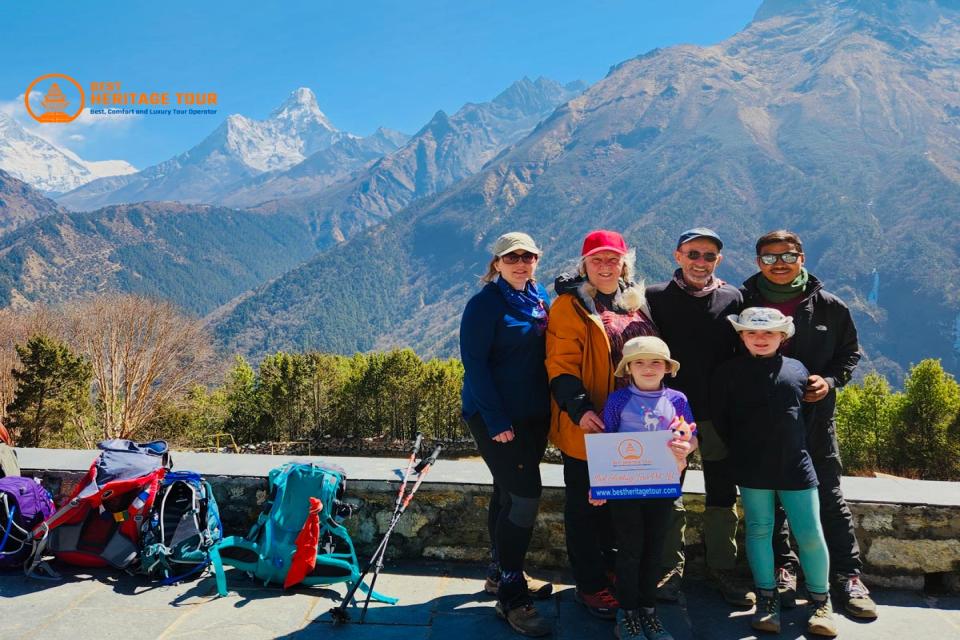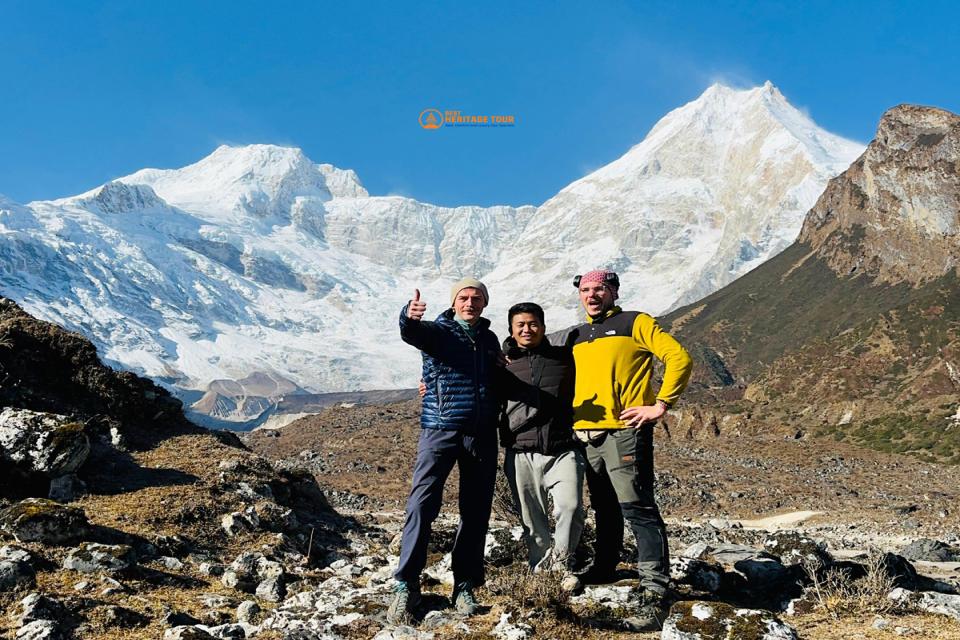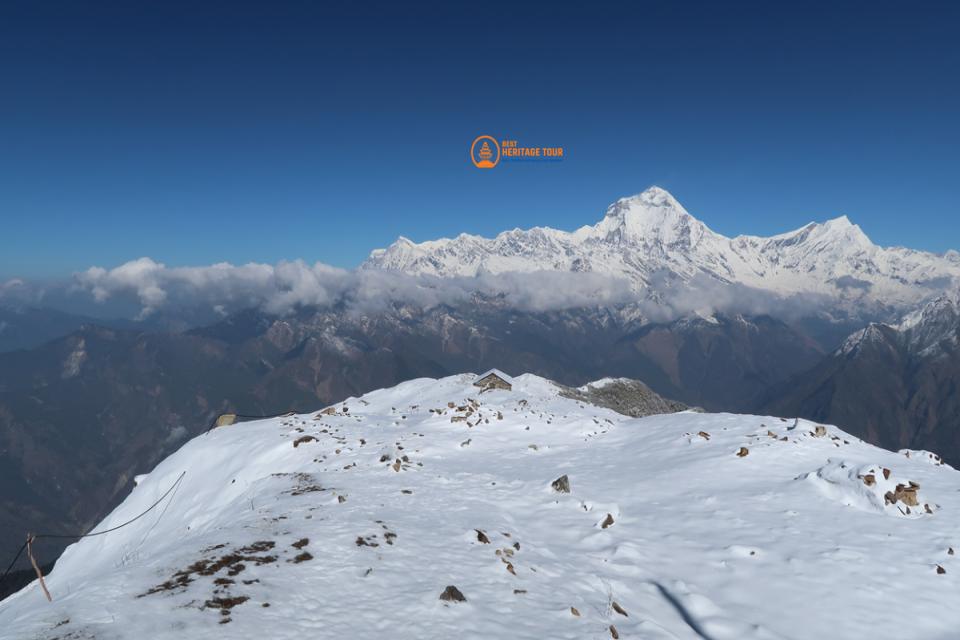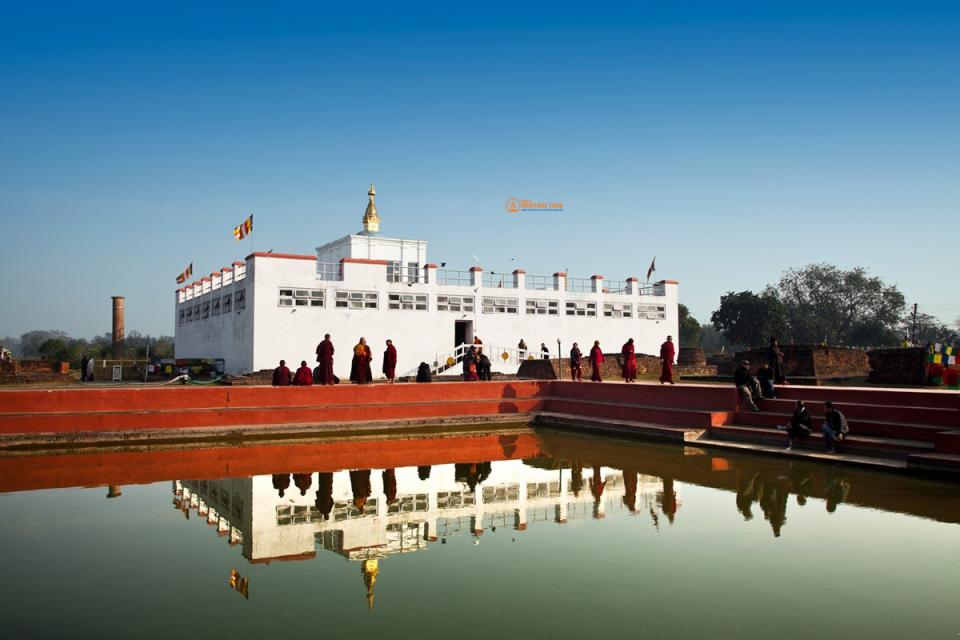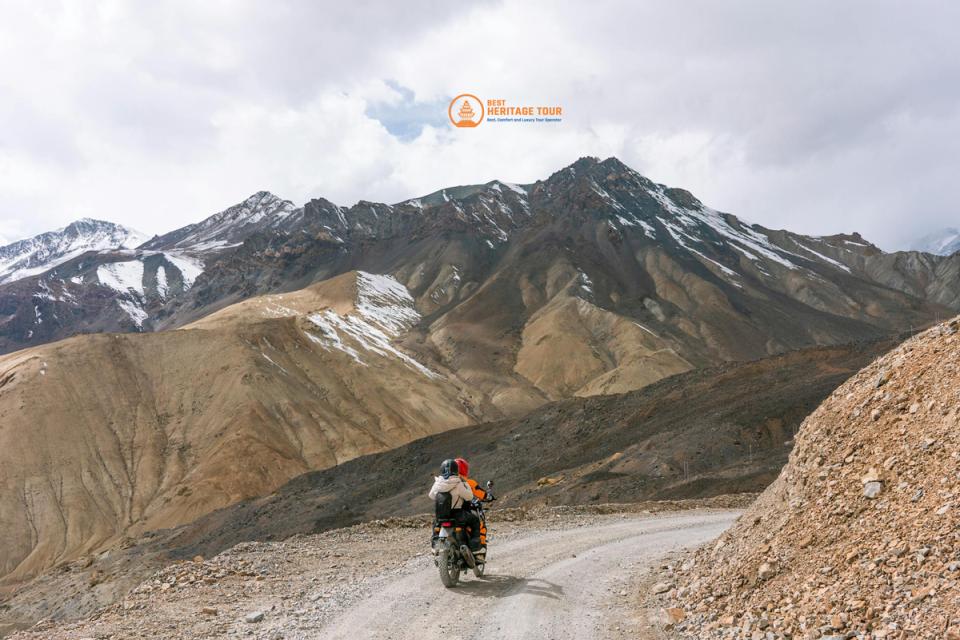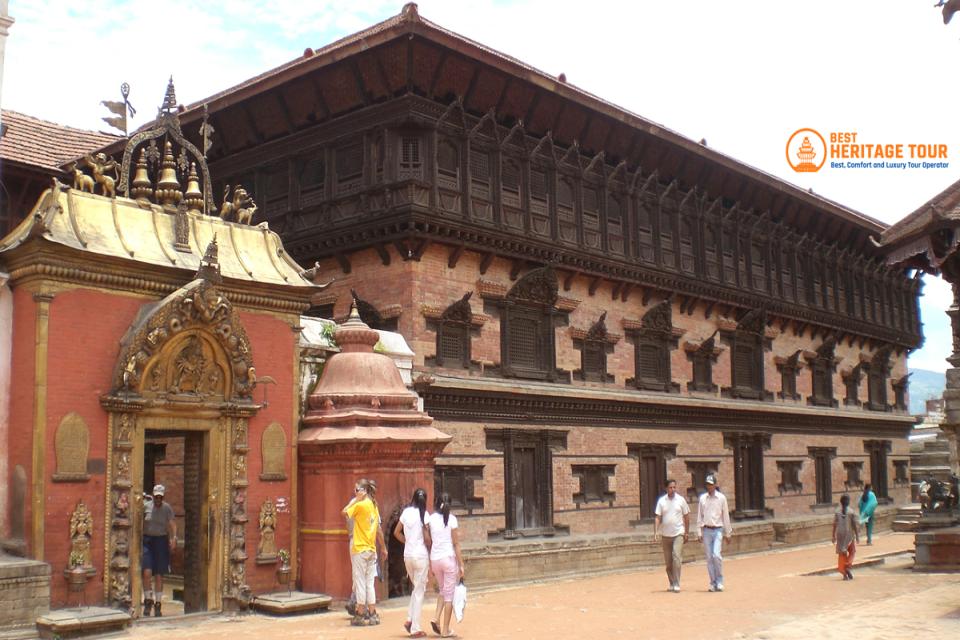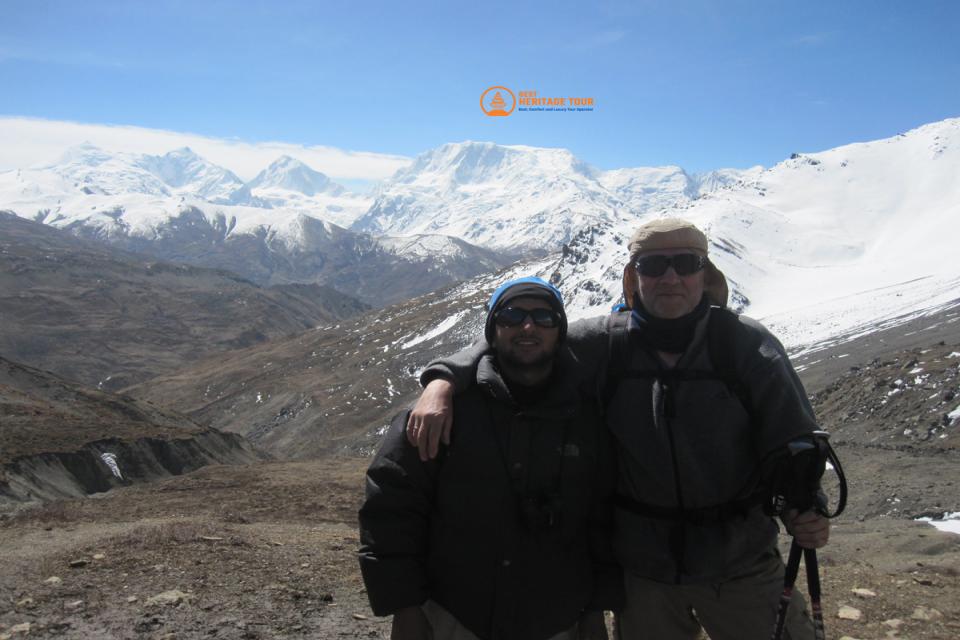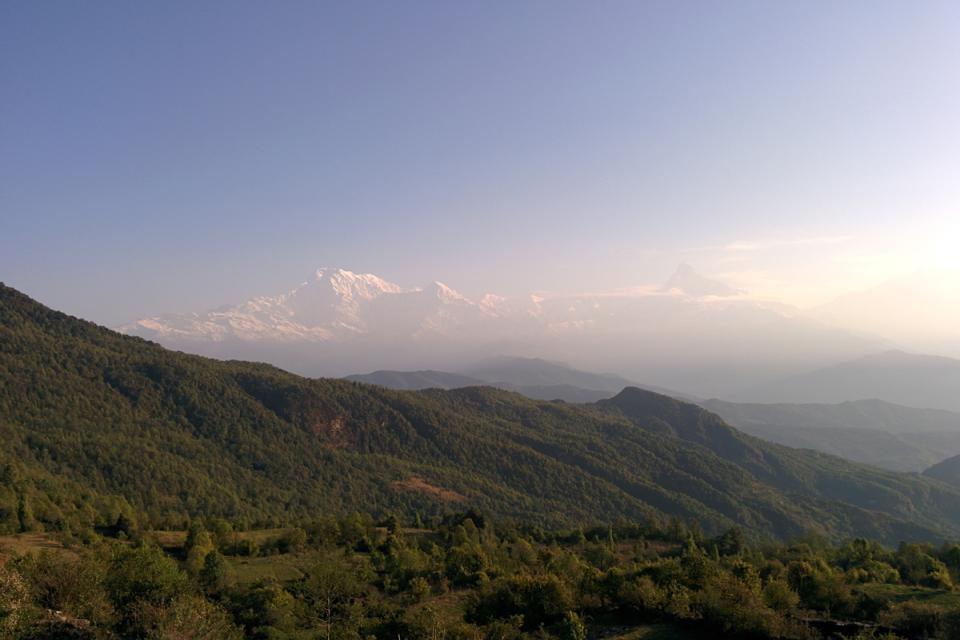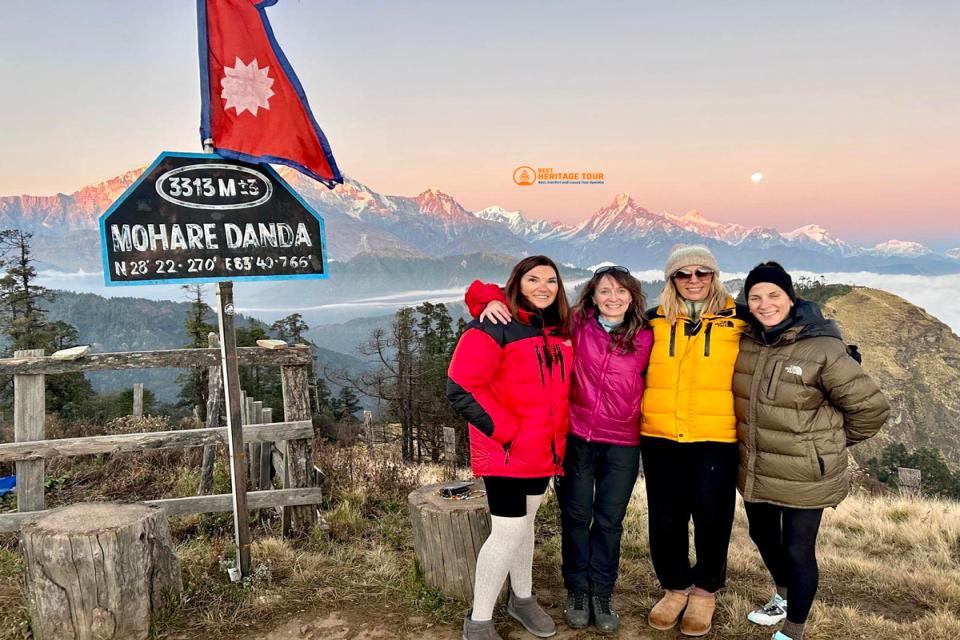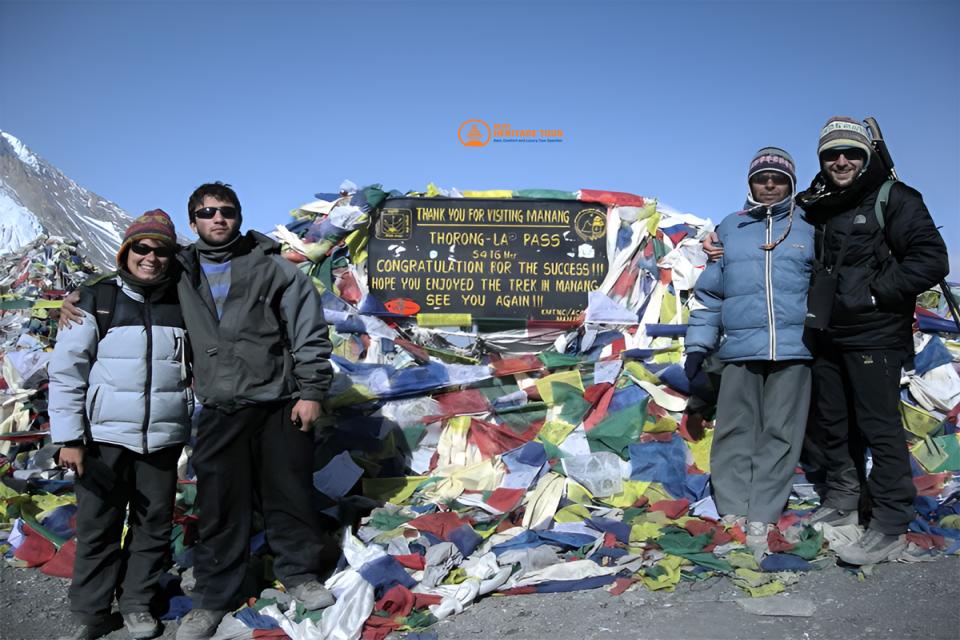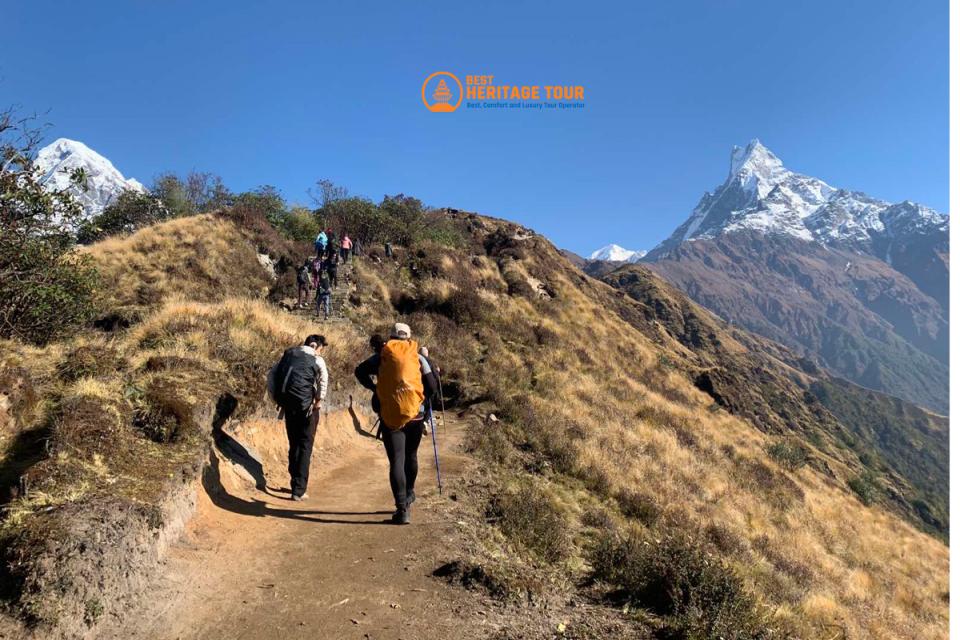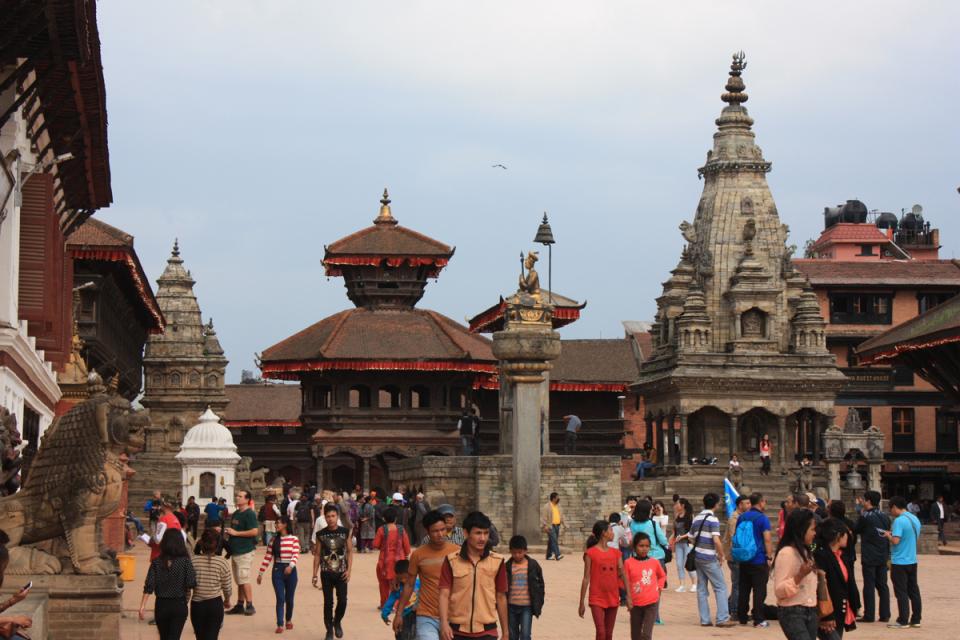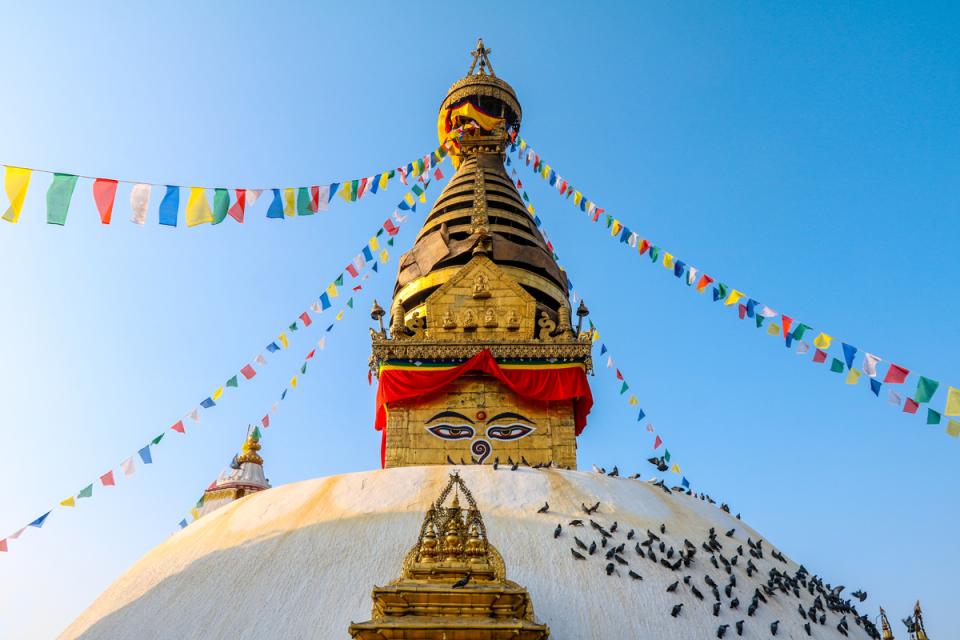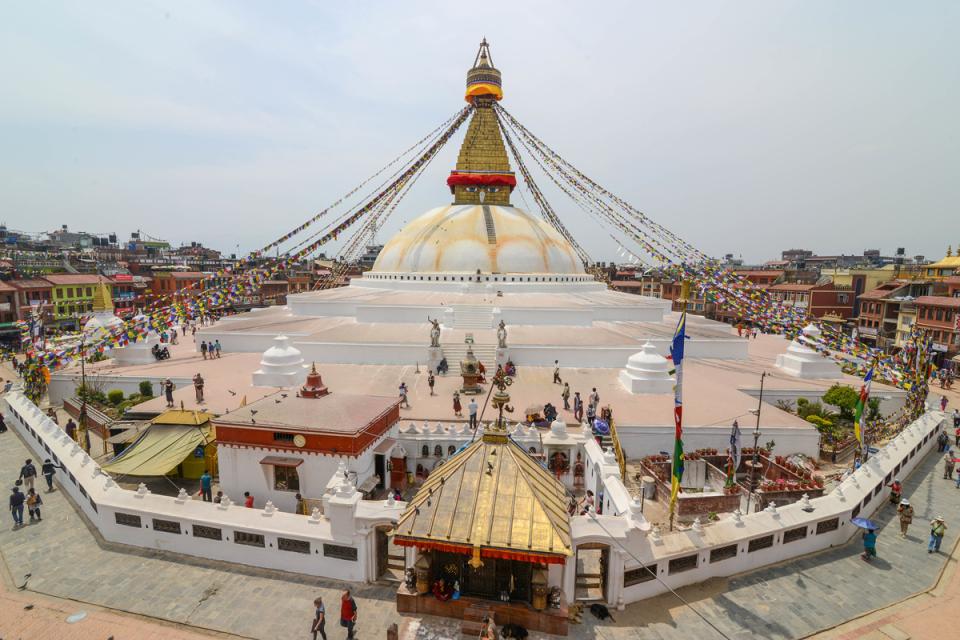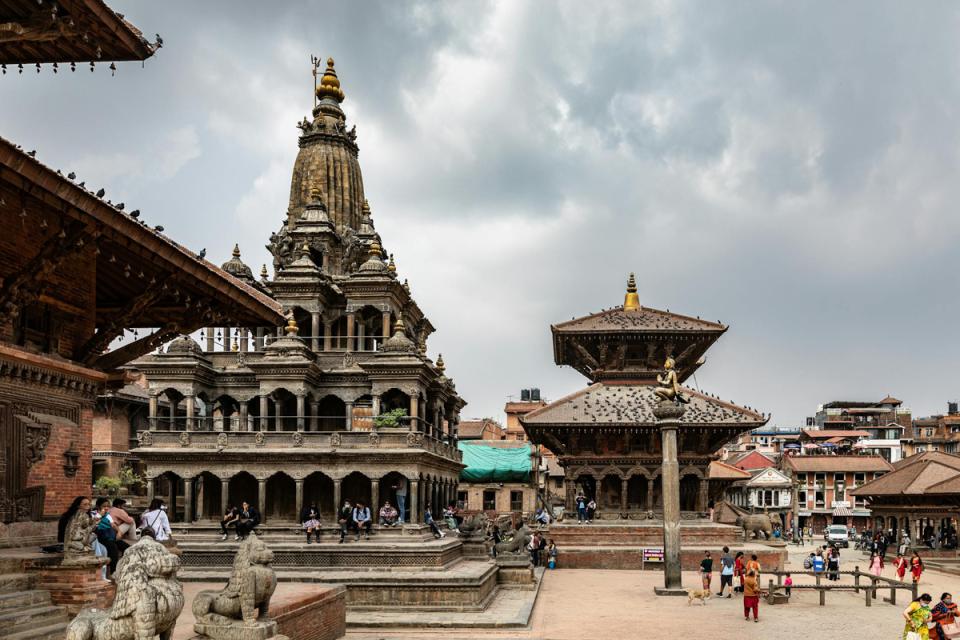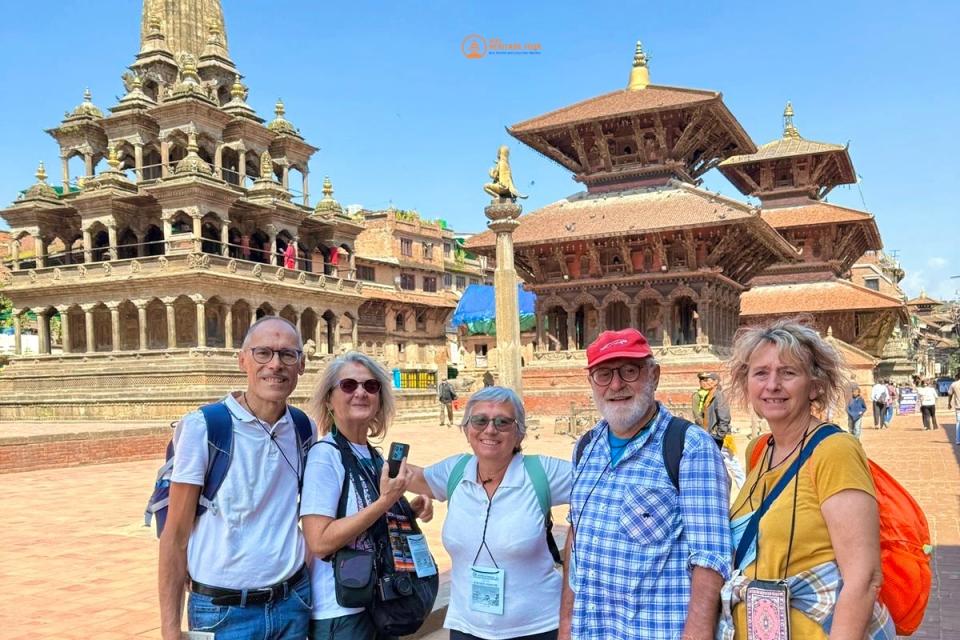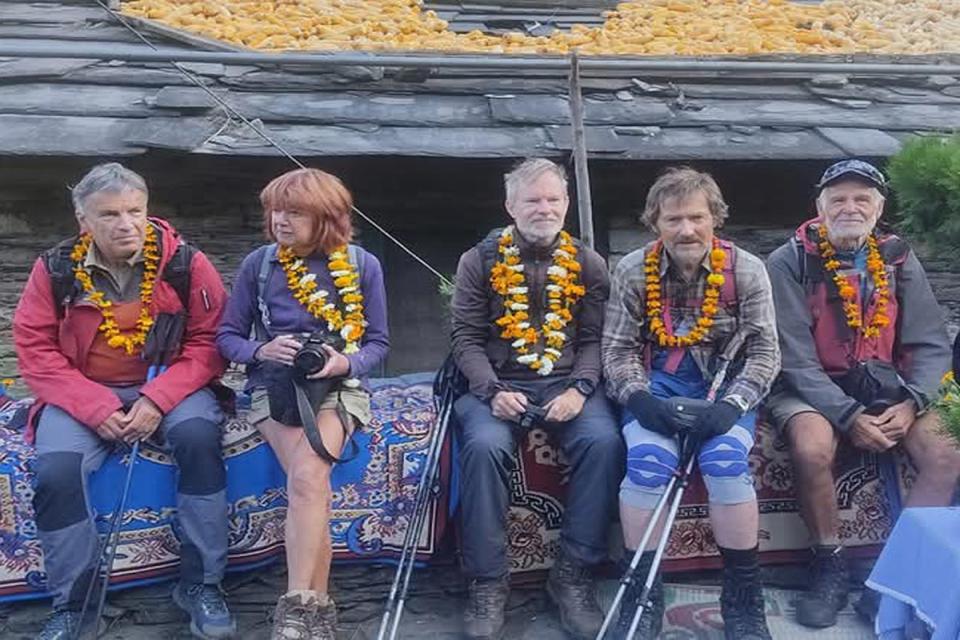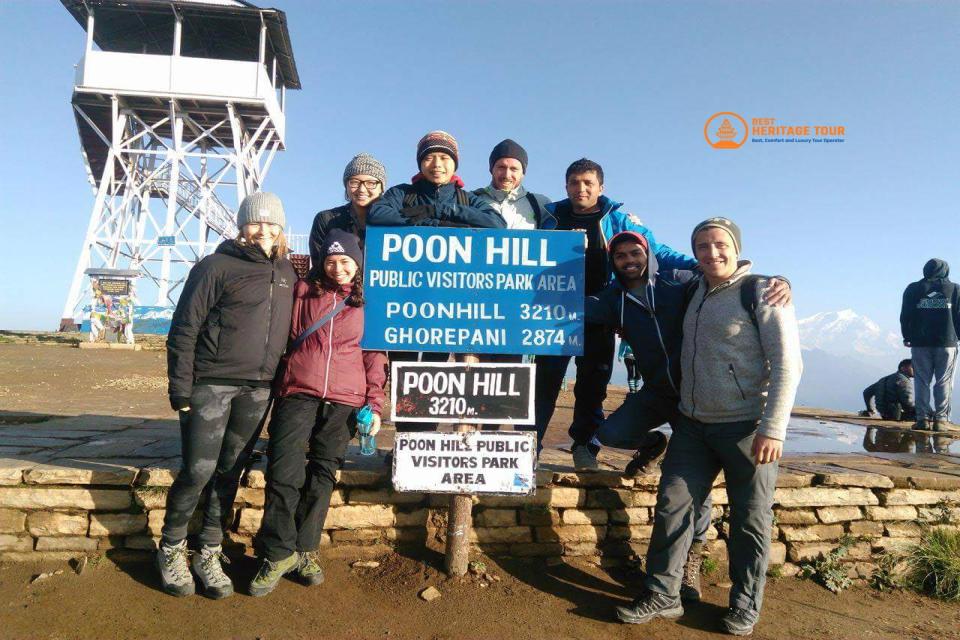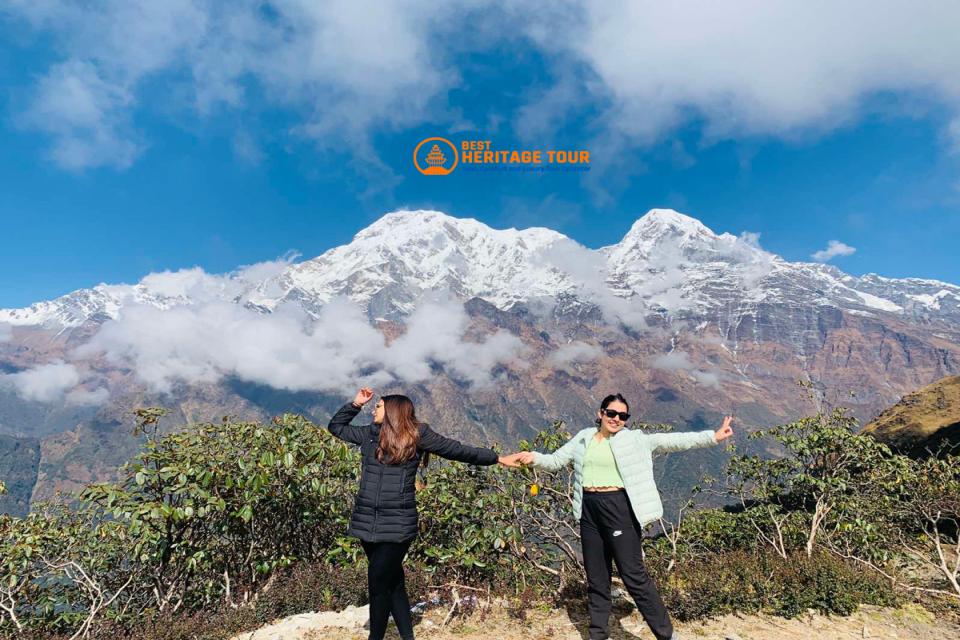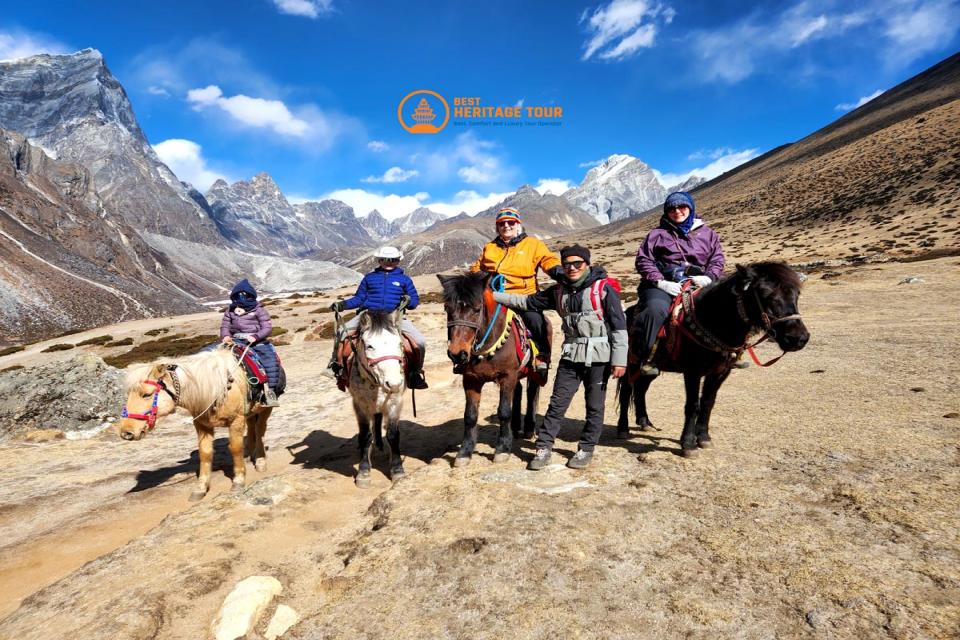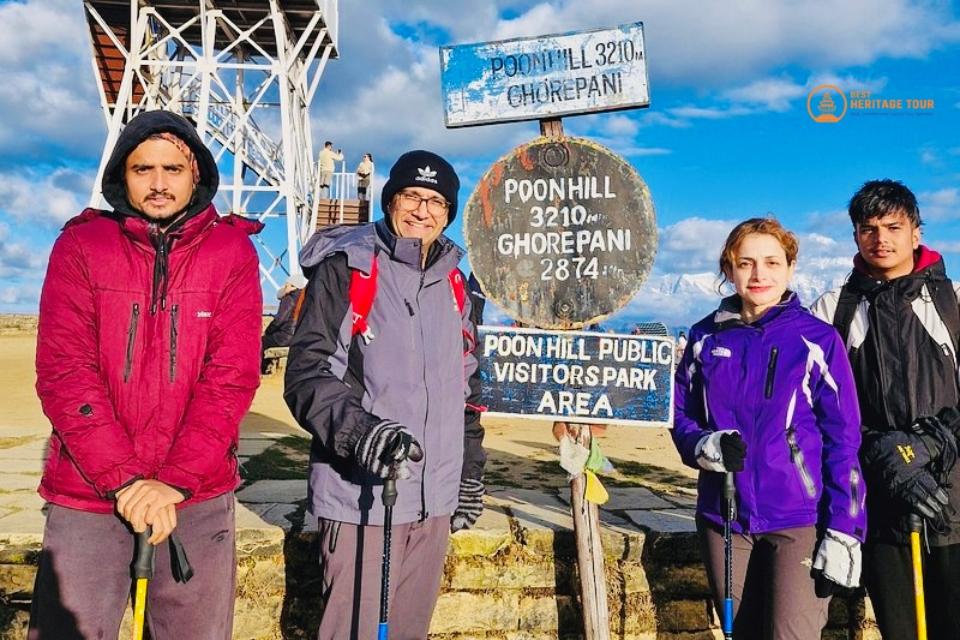Nepal is not just home to snow-capped peaks and legendary trekking trails, it's a land where culture comes alive through vibrant festivals that span centuries. For travelers, aligning your tour or trek with Nepal’s festivals can transform a great trip into an unforgettable cultural journey.
Whether you’re exploring the ancient cities of the Kathmandu Valley or hiking in the shadow of the Himalayas, Nepal’s top festivals offer the perfect blend of adventure, tradition, and celebration. If you're looking for a truly immersive experience, these festivals allow you to dive deep into Nepali culture while trekking the country's most stunning landscapes.
Why Choose Nepal’s Festivals for Your Trek or Tour?
Nepal’s festivals offer a unique chance to experience the country beyond its typical tourist trails. Whether you’re enjoying the lively atmosphere of Tihar or witnessing the serene rituals of Chhath, each festival provides a once-in-a-lifetime experience. Visiting Nepal during a major festival allows you to:
-
Experience real Nepali life beyond typical tourist trails.
-
Capture stunning photography of authentic traditions and ceremonies.
-
Participate in age-old rituals, processions, and feasts.
-
Enrich your trekking adventure by blending nature with culture.
-
Engage with locals and gain deeper cultural understanding.
Our company, Best Heritage Tour, specializes in curating cultural tours and treks that are perfectly timed to coincide with these incredible festivals. You’ll not only witness local traditions but also enjoy the peace of trekking during quieter times, giving you the best of both worlds: adventure and culture.
The Top 10 Festivals for Cultural Treks
1. Dashain (Vijaya Dashami): The Grand Festival of Nepal
-
When: Late September to October
-
Where: All over Nepal, especially rural villages
-
Best Match: Annapurna Region, Everest Region, Langtang Region
Dashain, celebrated over 15 days, honors the goddess Durga’s triumph over evil. If you’re trekking during this time, expect a serene trail, traditional tika blessings, and jamara offerings in the villages. It’s a heartwarming time to witness family reunions and community rituals across Nepal.
Traveler’s Tip: Combine Dashain with a homestay trek to experience local hospitality firsthand.
2. Tihar (Deepawali): Festival of Lights and Life
-
When: October to early November
-
Where: Kathmandu, Pokhara, Chitwan
-
Best Match: Kathmandu, Chitwan, Pokhara, Bandipur Tour
Tihar spans five days, each dedicated to honoring animals, wealth, and the bond between brothers and sisters. Houses glow with butter lamps, streets fill with music, and rituals create a magical vibe ideal for cultural tours and local festivals.
Traveler’s Tip: Visit Bhaktapur or Patan during Tihar for dazzling lights and live Deusi-Bhailo performances.
3. Holi: Festival of Colors and Joy
-
When: March
-
Where: Kathmandu, Pokhara, Terai (Janakpur, Chitwan)
-
Best Match: Seven UNESCO World Heritage Sites Tour, Pokhara Day Tours
Holi marks the arrival of spring with color splashes, water fights, and community celebration. It’s a great pre-trek experience to enjoy in urban centers like Kathmandu or Pokhara before heading to the mountains.
Traveler’s Tip: Celebrate Holi in Pokhara Lakeside, then start your trek the following day.
4. Teej: Women's Devotion in Red
-
When: August to September
-
Where: Kathmandu (Pashupatinath Temple)
-
Best Match: Pashupatinath Cultural Tour, Shivapuri Hike
Teej is celebrated by Nepali women with fasting, prayer, and ecstatic dancing in bright red attire. Join the crowds at Pashupatinath Temple to photograph or witness this rich cultural ritual unfold.
Traveler’s Tip: Great opportunity for cultural photographers to capture intense emotions and vibrant outfits.
5. Shivaratri: Night of the Shiva Devotees
-
When: February to March
-
Where: Pashupatinath, Kathmandu
-
Best Match: Shivaratri Photography Tour
Maha Shivaratri attracts thousands of sadhus and pilgrims to Nepal’s holiest temple. You’ll witness sacred fires, holy chants, and religious rituals unlike anywhere else. It’s a spiritual spectacle and a photographer’s dream.
Traveler’s Tip: Join a guided photo tour with cultural experts to understand the symbolism fully.
6. Indra Jatra: Festival of the Living Goddess
-
When: September
-
Where: Kathmandu Durbar Square
-
Best Match: Kathmandu Heritage Walk, Patan & Bhaktapur Tour
Indra Jatra celebrates the god of rain and features the Living Goddess Kumari in a grand chariot procession. Historic areas like Kathmandu Durbar Square become stages for ancient dances and rituals.
Traveler’s Tip: Arrive early to see the Lakhe dancers and get a glimpse of the Kumari.
7. Chhath: Worship of the Rising and Setting Sun
-
When: October-November
-
Where: Janakpur, Terai Region
-
Best Match: Janakpur Heritage Tour
Chhath is a serene riverside ritual where devotees offer prayers to the Sun god. If you’re exploring southern Nepal, this festival offers a tranquil, spiritual experience with deep cultural roots in the Maithili and Tharu communities.
Traveler’s Tip: Capture sunrise and sunset rituals on riverbanks for stunning photos.
8. Lhosar: Himalayan New Year
-
When: December to February (varies by ethnic group)
-
Where: Everest Region, Manang, Mustang
-
Best Match: Everest Trek, Tamang Heritage Trail
Lhosar is celebrated by ethnic groups like the Sherpa, Tamang, and Gurung. You’ll find monasteries filled with music, dance, and prayer flags waving in the cold mountain air, perfect for treks that pass through Buddhist villages.
Traveler’s Tip: Visit during Sonam Lhosar for community feasts and Lama dances.
9. Maghe Sankranti: The Mid-Winter Festival
-
When: January
-
Where: Terai, Pokhara, Kathmandu Valley
-
Best Match: Pokhara, Lumbini and Chitwan Tour
Maghe Sankranti celebrates the end of winter and the start of longer days. Expect sesame-based sweets, oil massages, and holy dips in rivers. Villages hold small fairs and rituals, ideal for cultural photography and light hiking.
Traveler’s Tip: Pair this festival with a local village trek near Pokhara or Dhulikhel.
10. Bisket Jatra: New Year in Bhaktapur
-
When: April (Nepali New Year)
-
Where: Bhaktapur
-
Best Match: Bhaktapur Heritage Tour, Day Trip from Kathmandu
Bisket Jatra is an energetic New Year celebration with tug-of-war chariot battles, loud music, and rituals. It’s one of the most intense, photogenic festivals in the valley and showcases Newar culture in full swing.
Traveler’s Tip: Book a Bhaktapur guided tour to understand the historical significance behind every ritual.
Weather & Best Time to Visit
The weather in Nepal varies by region and altitude, making it essential to plan your trek during the most favorable seasons.
-
Spring (March-May): Ideal for trekking and cultural tours with moderate temperatures and clear skies.
-
Autumn (September-November): Best for trekking and festivals like Dashain and Tihar, which fall during this period.
-
Winter (December-February): While cold in the mountains, it’s perfect for low-altitude treks, and festivals like Shivaratri and Maghe Sankranti offer incredible cultural experiences.
-
Summer (June-August): Monsoon season, not ideal for trekking, but you can experience festivals like Holi and Teej with fewer tourists.
Trekking Difficulty or Activity Details
Nepal’s treks vary from easy to challenging, so it’s important to choose one that matches your fitness level. The difficulty of your trek will influence how you experience the festivals, as some are celebrated in more remote locations, while others are in urban areas.
1. Easy Treks:
2. Moderate Treks:
3. Challenging Treks:
Gear & Packing List
Packing for a festival-based trek requires a balance of trekking gear and cultural attire. Here’s what you’ll need:
-
Trekking Gear: Sturdy boots, rain jacket, thermal wear, trekking poles, and day pack
-
Festival Attire: Light and comfortable clothing for cultural participation (i.e., simple red attire for Teej or vibrant colors for Holi)
-
Other Essentials: Camera (for capturing the festivals), sunscreen, and a journal to document your experiences
Essential Trekking Permits in Nepal (2026/27)
1. Trekkers' Information Management System (TIMS) Card
Purpose: Ensures trekker safety and records trekking activity.
Mandatory Since: April 1, 2023 – Hiring a licensed guide is compulsory.
Fees (Approximate in USD):
-
Foreign Individual Trekkers (FITs): ~$15
-
SAARC Individual Trekkers: ~$4.50
-
Foreign Group Trekkers: ~$7.50
-
SAARC Group Trekkers: ~$2.25
Where to Get It: Through licensed trekking agencies or at Nepal Tourism Board offices.
2. National Park Entry Permits
Required for treks in national parks like Everest, Langtang, and Makalu-Barun.
Fees (For Foreigners):
-
Sagarmatha (Everest) National Park: ~$23
-
Langtang National Park: ~$23
-
Makalu-Barun National Park: ~$23
Where to Get It: At park entry gates or Nepal Tourism Board offices.
3. Conservation Area Permits (CAP)
Managed By: National Trust for Nature Conservation (NTNC).
Applies To: Annapurna, Manaslu, Kanchenjunga, etc.
Fees:
-
Annapurna Conservation Area: $25
-
Manaslu Conservation Area: $25
-
Kanchenjunga Conservation Area: $25
Where to Get It: NTNC counters at the Nepal Tourism Board offices.
4. Restricted Area Permits (RAP)
Purpose: Controls access to sensitive, remote regions.
Note: Must be arranged through a registered trekking agency; solo trekking not allowed.
Major Restricted Area Fees:
-
Upper Mustang: $500 (first 10 days), $50/day after
-
Upper Dolpo: $500 (first 10 days), $50/day after
-
Manaslu (Sep–Nov): $100 (first 7 days), $15/day after
-
Tsum Valley (Sep–Nov): $40 (first 7 days), $7/day after
5. Khumbu Pasang Lhamu Rural Municipality Permit
Required For: Everest Base Camp and surrounding areas.
Fee: ~$23 per person
Where to Get It: Entry checkpoints at Lukla or Monjo.
Required Documents for Permit Acquisition
-
Valid passport (min. 6 months validity)
-
Nepal visa covering your full trekking period
-
2 recent passport-size photographs
-
Trekking itinerary
-
Travel and health insurance (mandatory for restricted areas)
-
For restricted regions, Additional documents may be needed
Accommodation & Food
Nepal offers a range of accommodations, from basic tea houses to luxury lodges in trekking regions. In urban areas, you can enjoy 3–4 star hotels with local cuisine and options for international dishes. During festivals, local feasts and traditional meals are part of the experience.
Best Heritage Tour arranges the best accommodations and meals, ensuring comfort while keeping the cultural experience authentic.
Cost Breakdown
Here’s an estimated cost breakdown for a festival-based trek with Best Heritage Tour:
-
Cultural Tour Packages: $200–$500 per person for 4–7 days, including accommodation, transport, and festival activities
-
Trekking Packages: $600–$1,200 per person for a 7–14 day trek, including permits, guide services, accommodation, and meals
-
Additional Costs: Optional cultural performances, festival-specific attire, and photography services
Why Book With Best Heritage Tour
-
Experienced Guides: Our guides are experts in both trekking and cultural immersion, making your festival experience seamless and enriching.
-
Custom Itineraries: We tailor tours to your preferences, ensuring you experience the best of both Nepal’s natural beauty and cultural celebrations.
-
Safety and Comfort: From airport pickups to cultural immersion, we prioritize your safety and comfort, ensuring a stress-free journey.
Tips from Our Team
-
Arrive Early for Festivals: Many festivals, like Indra Jatra, involve processions that can be best viewed early in the morning.
-
Respect Local Traditions: Always ask permission before taking photos, especially during religious ceremonies.
-
Prepare for Crowd: Some festivals, such as Dashain and Tihar, are highly attended, so plan ahead for logistics and transportation.
Final Thoughts
Nepal’s festivals add an extraordinary layer to your trekking experience, allowing you to connect with local traditions, taste authentic food, and capture stunning cultural moments. Whether you're trekking through the mountains or exploring Kathmandu’s ancient temples, these festivals will leave you with unforgettable memories.
Ready to experience Nepal’s festivals up close? Book your cultural trekking adventure with Best Heritage Tour, and let us help you craft the perfect itinerary based on your interests and travel dates!
Contact Us Today for Booking & Information:
-
Phone/WhatsApp/Viber: +9779851149197 / +9779810043046
-
Email: bestheritagetour@gmail.com / info@bestheritagetour.com
-
Website: www.bestheritagetour.com
-
Location: Thamel Marg, Kathmandu, Nepal
Author: Best Heritage Tour
Date: 18th May, 2025

